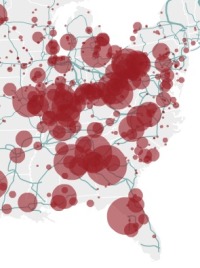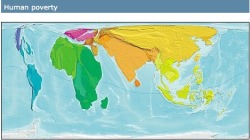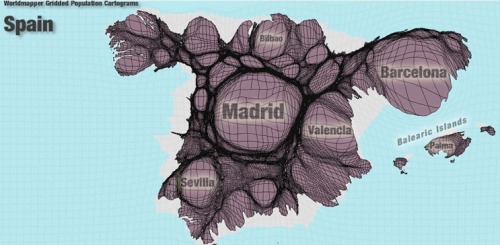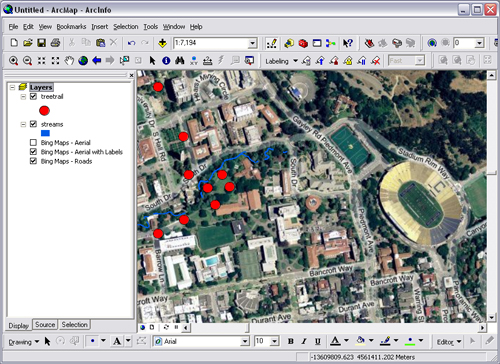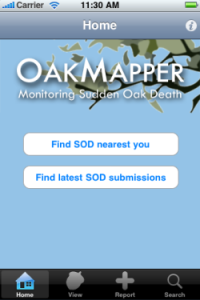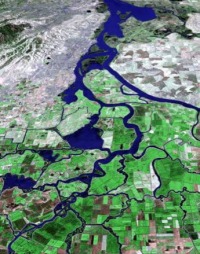From SF Gate: Because of climate changes in the next few decades, the changes in bird habitats and behavior between now and 2070 will equal the evolutionary and adaptive shifts that normally occur over tens of thousands of years, according to researchers with PRBO, also known as the Point Reyes Bird Observatory.
"What we found is that not only will species shift and communities change, but the composition of communities in certain places will not resemble anything we see today," said Diana Stralberg, a landscape ecologist and the lead author of the report, "Reshuffling of Species With Climate Disruption: A No-Analog Future for California Birds?" published in PLOS.
From the abstract: By facilitating independent shifts in species’ distributions, climate disruption may result in the rapid development of novel species assemblages that challenge the capacity of species to co-exist and adapt. ...Projections of future no-analog communities based on two climate models and two species-distribution-model algorithms indicate that by 2070 over half of California could be occupied by novel assemblages of bird species, implying the potential for dramatic community reshuffling and altered patterns of species interactions. ...Efforts to conserve and manage biodiversity could be substantially improved by considering not just future changes in the distribution of individual species, but including the potential for unprecedented changes in community composition and unanticipated consequences of novel species assemblages.
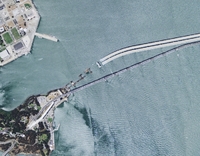 New Bay Bridge construction as seen in the 2009 NAIP imagery
New Bay Bridge construction as seen in the 2009 NAIP imagery